Let’s face it—the world of hats can be confusing. With many different styles and options available, it’s hard to keep track of what each term means, where and when certain hats are appropriate, and how you’re supposed to style your hat to stay fashionable and comfortable.
Beanies are an accessory that might seem simple at first, but there’s so much more to learn once you dive deeper. For example, what’s the difference between a beanie and a skullcap? Which one is right for your stylish streetwear look or rugged outdoorsy outfit? Don’t fret—we have the answers to all these questions and more with our rundown of beanies vs. skullcaps.
What Is a Beanie?
From hip slouch beanies to adorable bobble hats, beanies are some of the most versatile accessories out there. But what exactly counts as a beanie? By definition, beanies are brimless hats that fit snugly around the head. Traditionally, beanies consist of knitted wool and feature a tapered design. The soft, thick material makes them a perfect cold-weather accessory, but they’re also popular among outdoor workers—particularly fisherpeople and dock workers.
Today, beanies are a staple of casual style for both men and women. Whether you’re an outdoor enthusiast or a stylish urbanite, you can easily incorporate beanies into your day-to-day outfits. Plus, with so many different designs to choose from—and tons of options for styling your beanie—you can easily find a way to accessorize that complements and enhances your look.
Different Types of Beanies
Beanies come in myriad different styles. In addition to traditional wool, you can find beanies made of fleece, cotton, synthetic materials, and other fabrics. Handmade beanies are also popular for anyone who knits or crochets.
Some popular beanie styles include cuffed beanies, fishermen hats, slouch beanies, and bobble hats. Each of these designs looks and fits slightly differently.
Cuffed Beanies
Cuffed beanies are a traditional style that features ribbed materials and an even cuff around the base of the hat. These beanies tend to be longer so that the cuff fits around the ears, adding an extra layer of warmth.
Fishermen Beanies
Fishermen beanies are the traditional blue-collar beanie design. Historically, they were popular among fishermen and other dock workers as a way to protect their heads from the sun or from cold weather. Fishermen beanies are shorter and rest above the ears, which means they aren’t as warm as other styles. However, the shorter style gives them a cleaner, sharper look than baggier beanie options, making them a chic accessory for more urban styles.
Slouch Beanies
When you think of a hipster beanie, you’re probably envisioning the slouch beanie. These caps feature a longer style with plenty of excess fabric. The extra material makes it easy to position and style a slouch beanie however you want. Folding your own cuff, carefully arranging your hair, and other stylizations give you more control over your look.
Bobble Hats
Finally, bobble hats are a style of beanie with a bobble or pom-pom at the top of the hat. These are great for colder weather and often feature thick, cozy materials for extra warmth. Bobble hats are a lighthearted and casual take on the beanie, making them particularly popular for wearing during outdoor winter fun.
When To Wear a Beanie
Beanies are a casual accessory, so they work best with informal outfits. Whether you’re running errands or taking a stroll around the local park, a beanie is a great way to add some comfort and flair to your outfit.
Of course, most beanies are ideal for colder weather; your head can quickly get too warm if you wear them in the summer. That doesn’t mean they’re limited to winter wear, though. A beanie that features a thinner material or a shorter design—such as a fishermen beanie—can offer just the right amount of warmth and style on nicer spring or fall days.
Disadvantages of Beanies
The biggest downside of beanies is that they make for poor formal wear. While you can sometimes get away with a beanie as part of a slightly dressy outfit—such as a chic, short beanie paired with nicer streetwear—these hats won’t work for any kind of formal setting. You can still wear them while you’re commuting to and from work or in other settings, though. Just make sure your beanie isn’t going to mess up your hair for the day. Consider wearing a looser beanie made from softer materials so you can put it on and take it off throughout the day without flattening your hair.
What Is a Skullcap?
Skullcaps are also brimless hats that fit snugly around the head, which means they’re technically a subset of beanies. However, skullcaps consist of thinner materials and a smaller, tighter design, so they serve a different purpose than most other beanies. Skullcaps are usually worn as a base layer under helmets. They add an extra layer of protection to keep your head comfortable beneath ski or bike helmets.
Different Types of Skullcaps
The biggest difference between skullcap styles is the materials they use. Lightweight, moisture-wicking materials are great for warmer weather; many bikers wear them under their helmets to help keep their heads dry and prevent irritation. If you want something warmer, though—such as a skullcap to wear under a ski helmet—thicker materials like wool are an ideal choice. You can also find skullcaps with built-in padding to add extra protection under your helmet.
When To Wear a Skullcap
One of the biggest differences between beanies and skullcaps is that skullcaps are more about function than fashion. As a result, they don’t always look the best on their own. However, they’re the perfect way to add a little extra warmth or comfort to your outdoor gear. The ability to layer this hat style beneath helmets and add head protection to outfits makes skullcaps popular among bikers, skiers, and other outdoor or sports enthusiasts.
Disadvantages of Skullcaps
Skullcaps can be a bit plain, making them difficult to style on their own. Additionally, most skullcaps don’t offer adequate protection from the cold, making them less ideal as cold-weather hats. These disadvantages mean they are a less popular option to wear on their own, but they’re a perfect layering accessory for other hats and helmets.
If you’re on the hunt for the right hat to add to your wardrobe, visit YoColorado. Our collection of women’s Colorado clothes includes all kinds of beanies and other accessories to elevate your style.

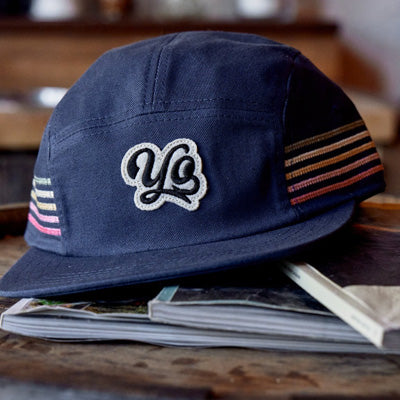
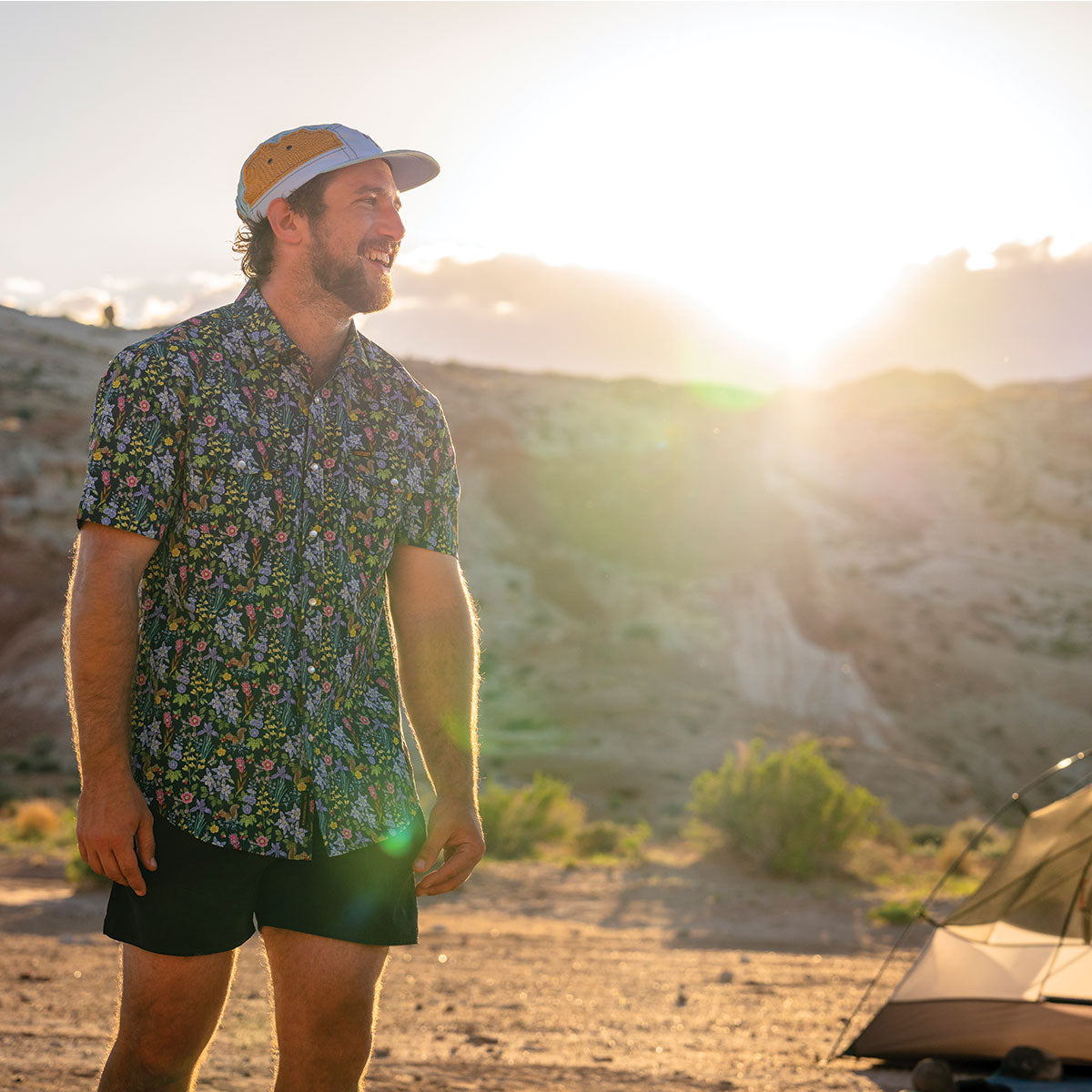
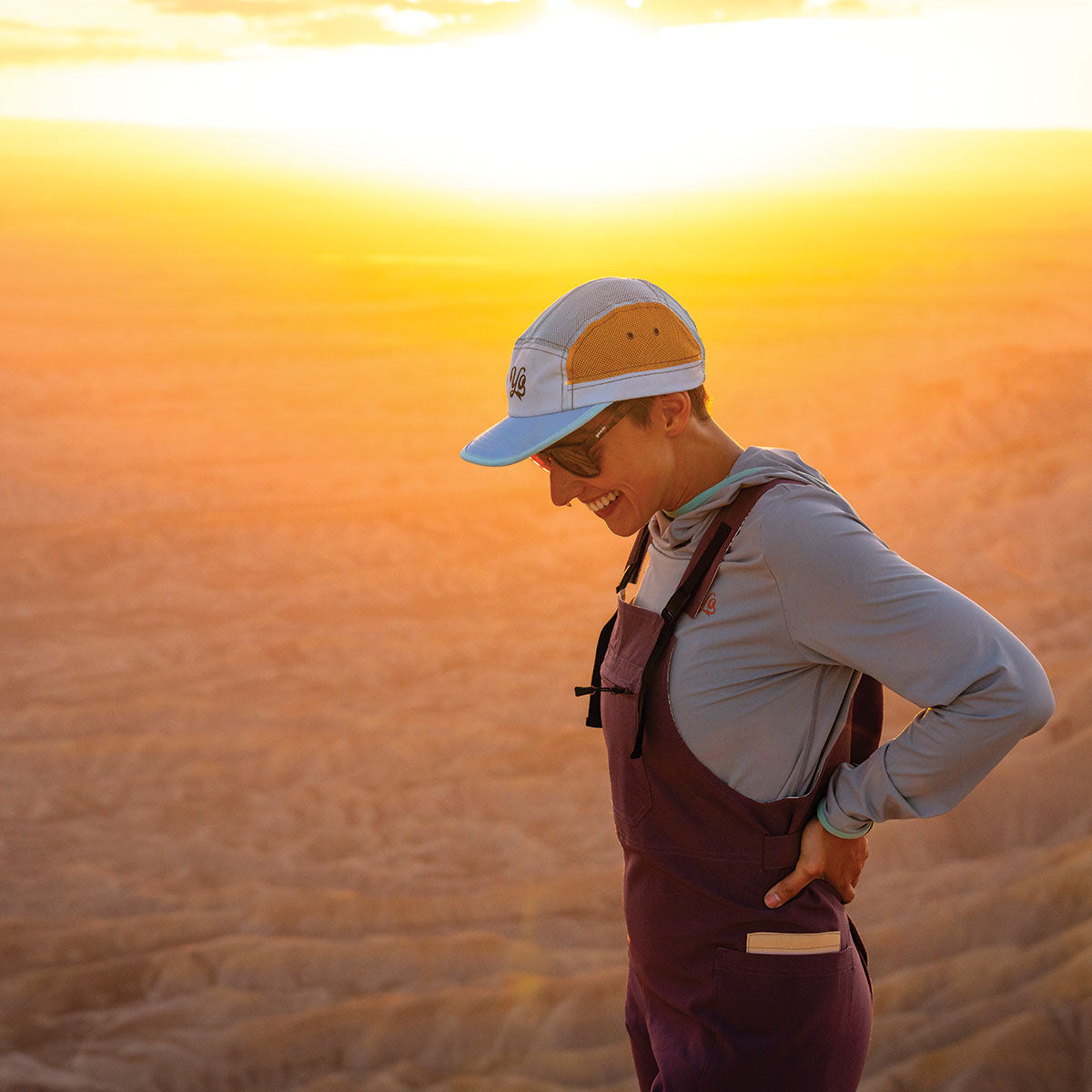
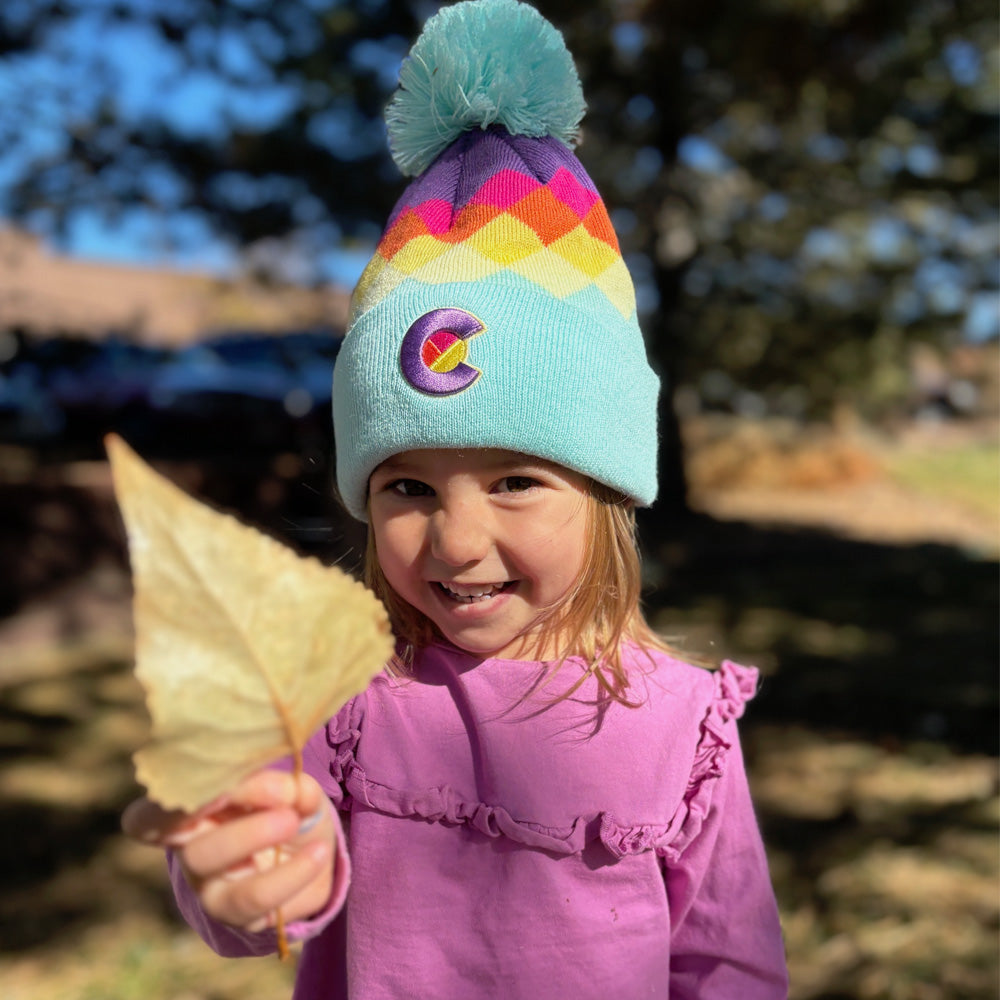
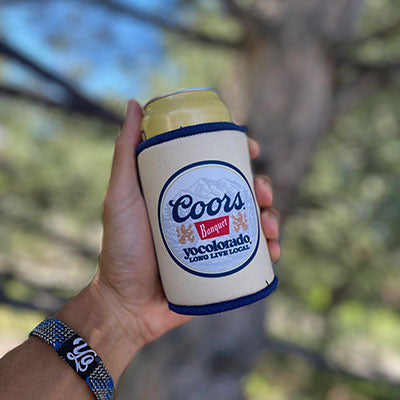
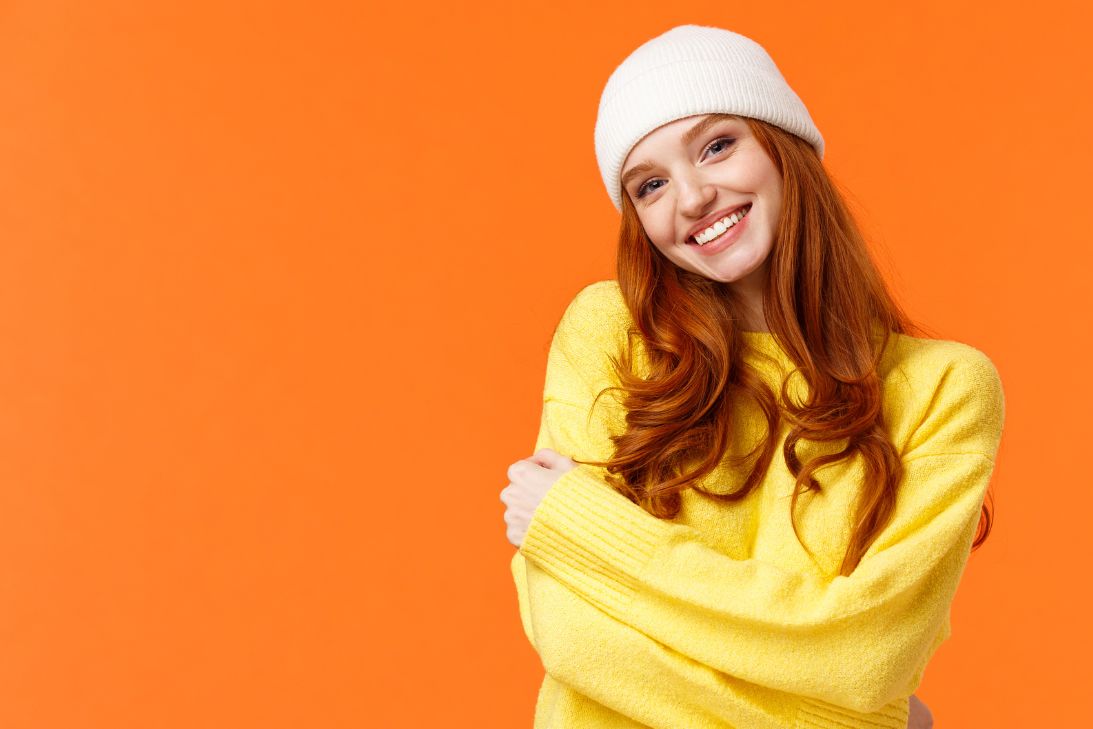
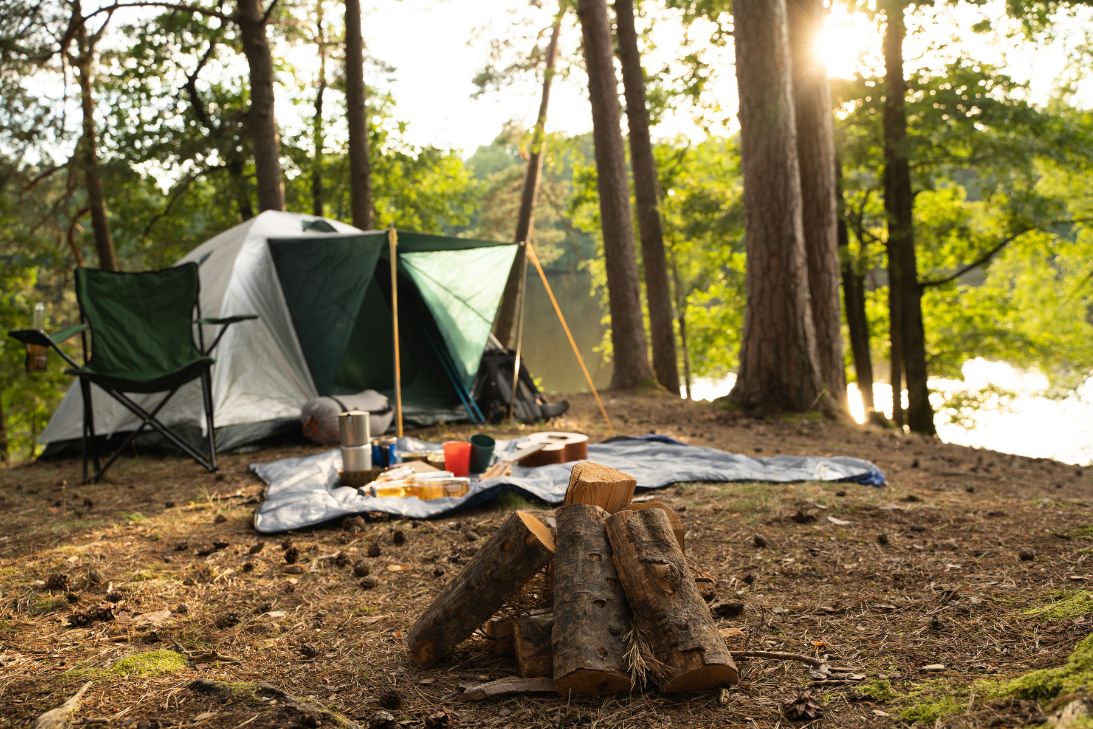

Leave a comment
This site is protected by hCaptcha and the hCaptcha Privacy Policy and Terms of Service apply.